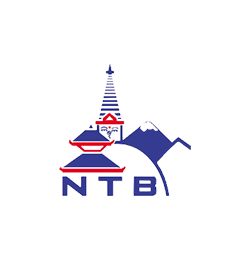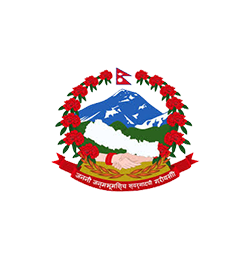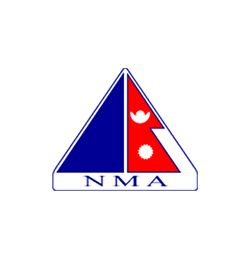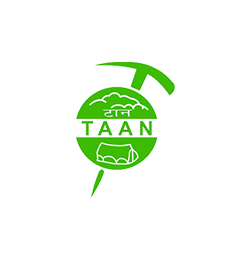Starting from April 1, 2023, it will be mandatory for all trekkers in Nepal to hire a licensed guide. The
new rule applies to all treks.
Every year, tourists go missing while trekking in the mountains of Nepal, particularly in the Annapurna
and Everest regions. The small and narrow yak paths can confuse trekkers, leading them off-track.
Moreover, the lack of proper signs can add to the confusion, making it challenging to figure out which
way to go.
High altitude can pose a significant health risk for trekkers. As the elevation increases, the air becomes
thinner, making it harder to breathe. This can lead to altitude sickness. Trekkers may encounter other
health problems, including dehydration, hypothermia, and frostbite. Nepal is very prone to natural
disasters that can also impact trekkers.
The COVID-19 pandemic has significantly impacted the tourism industry, leading to the closure of many
businesses and causing many trek guides in Nepal to lose their jobs.
So, hiring a licensed guide while trekking in Nepal can create job opportunities and support the local
economy.
(Note: In Everest Region, Guides and porters are not compulsory for trekkers)
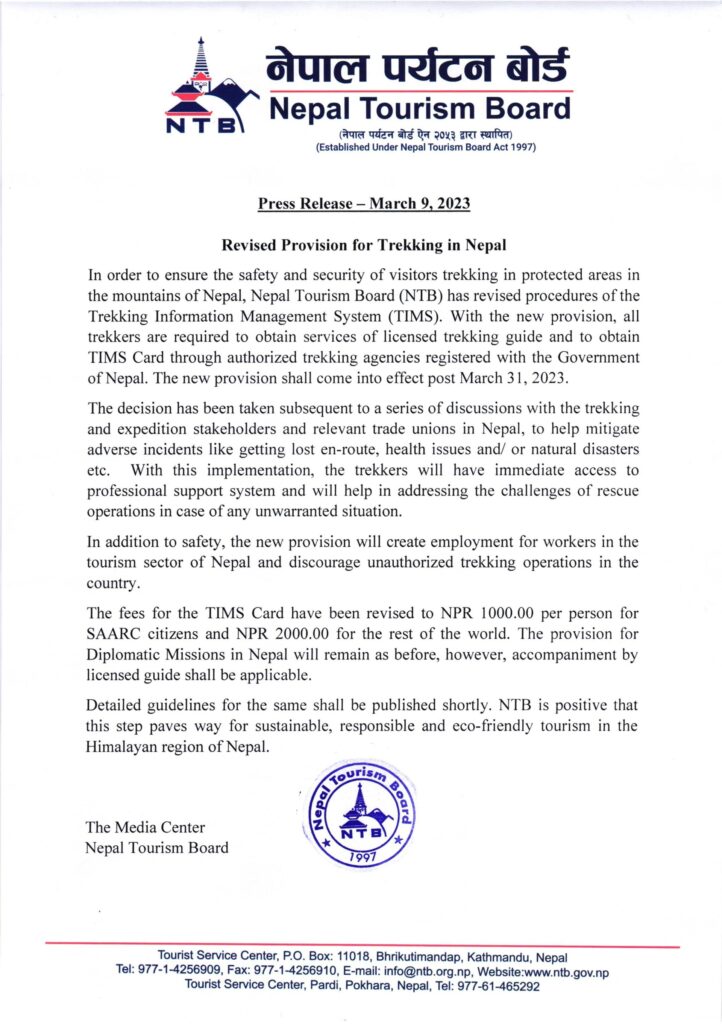
Benefits of hiring a local guide trekking in Nepal
- By hiring a hiking guide, tourists can enhance their overall trekking experience.
- Guides can assist in booking teahouses for the trek in advance. They can also take on cooking and waiter duties.
- Guides can provide valuable information about the place.
- Safety and security are paramount when trekking in Nepal, and a guide can help to mitigate risks.
- Guides are often licensed by the government of Nepal and responsible through their agencies.
- They bring a deep knowledge of the routes, teahouses, and terrain.
- Hiring a guide can enhance your trekking experience while ensuring your safety

